Welcome to today’s plug, a quick recommendation of an oft-forgotten film, cult classic, or movie that is dying to be rewatched //
Once upon a time, there lived a real fast guy. His life was fast. His friends were fast. Even his food was fast. But he was still not satisfied. He wanted to share his fast philosophy with someone else, a beautiful girl. Trouble was, she was in the arms of... another man…
Back in April I placed an article in Film-Cred (a fuckin’ rad site y’all should check out if you haven’t already) about the year 1981 in movies and after the fact I realized I definitely should’ve included Richard O’Brien’s other rocky horror picture show — the 1981 deep cut Shock Treatment.
This is actually kind of a legit sequel to Rocky Horror, with our heroes Brad and Janet Majors (recast with Cliff De Young and Suspiria’s Jessica Harper in the respective roles) back home in Denton, USA, where the whole town has been bought up by fast food tycoon Farley Flavors (also played by De Young) and turned into a giant TV studio for the Denton Television (DTV) network. Brad and Janet are selected from the town studio audience to participate in the game show Marriage Maze, which doesn’t go well.
After the game show, Brad is ejected to the “soap opera” mental hospital Dentonvale, run by maniacal medical siblings Cosmo and Nation McKinley (Richard O’Brien and Patricia Quinn reuniting from Rocky Horror as another devilish duo). Meanwhile, Janet gets her 15 minutes of fame as a revamped singing diva with Farley Flavors pulling the strings from afar like some acid-dipped Roger Ailes.
Shock Treatment is a weird little hidden gem and a pitch-perfect example of what makes the movies of 1981 so special. I’ll elaborate with a clip from my Film-Cred piece:
Strung out between the aching, post-’60s come-down nihilism of the late ’70s and the neoconservative free-market mass-consumption orgy of the Reagan era, the masses occupy a strange, pre-apocalyptic no-man’s-land moment in American culture, and so do the movies.
“If the sixties and early seventies were, at least in part, periods of disillusionment,” [J. Hoberman] writes [in his book Make My Day: Movie Culture in the Age of Reagan], “the late seventies and early eighties brought a process of re-illusionment. Its agent was Ronald Reagan. His mandate wasn’t simply to restore America’s economy and sense of military superiority but also, even more crucially, its innocence.”
But in 1981, re-illusionment was still looming. The New Hollywood’s countercultural ethos would stick around just long enough to collide with the budding commercial and genre-storytelling aesthetics of the newer Hollywood “industry” to birth one of the most influential and oddly underrated movie years ever.
Like many of the best genre flicks of 1981, Shock Treatment takes astute, foreboding satirical aim at an empire on the brink of total re-illusionment through mass communication, entertainment, and the yuppie movement. Writer and star Richard O’Brien remixes some of the same obsessions he put on display in Rocky Horror (‘50s Hot Rod culture, old b-movie sci-fi and horror, proto-punk, glam, Hollywood musicals, and mad scientists) and throws in dark, surreal reflections of Americana filtered through the “televised” Regan revolution.
Shock Treatment isn’t quite Rocky Horror Picture Show 2, but atmospherically and musically it also kind of is? There’s definitely a palpable vibe of trying to capture lightning in a bottle twice here, which is probably exactly why the movie didn’t achieve Rocky Horror’s cult success. That said, there’s still some Rocky Horror magic to be had in this joint. The songs don’t have the advantage of having been sung at midnight screenings and live shows for nearly half a century, but most of ‘em still undoubtedly slap. Take this jazzy little number…
When you watch Shock Treatment today, the surreal technicolor satire feels every bit as applicable to the current American cyberpunk dystopia as it does to the ‘80s. We did just live through Trump, after all — a cheap entertainment mogul who managed to occupy the most powerful office in the world and make everyone else live inside his Big Mac-fueled brain for the last 4 years. You couldn’t build a better “Farley Flavors” in a lab, as Colin Souter observed for rogerebert.com back in 2016:
"Shock Treatment," in 1981, satirized the coming of Reagan's America—a wholesome, enclosed wonderland that condescendingly proclaimed "a tolerance for the ethnic races" in its theme song. But unlike Howard Beale in “Network” or even Larry ‘Lonesome’ Rhodes in Elia Kazan’s “A Face in the Crowd,” the character of Farley is meant to be just a villain in the story and nothing more. The parallels to Trump are accidental, of course, but that is what makes all of these films fascinating to revisit today […] Farley represents Trump’s showmanship and ability to dupe millions into buying into his all of his brands, whether it be fast food, a reality TV show or “the illusion of a happy ending.” Like Trump, he never learns a lesson, but will likely be no worse for wear once his TV show fades to black.
Shock Treatment is currently only available on YouTube, so check it out while this high-quality upload is still there.
If you liked the post, please hit the heart button below // It helps us reach more readers on Substack // Also, tell a film-loving friend to subscribe //
Follow me on Twitter and Letterboxd // Read more of my writing: whoisandyandersen.com





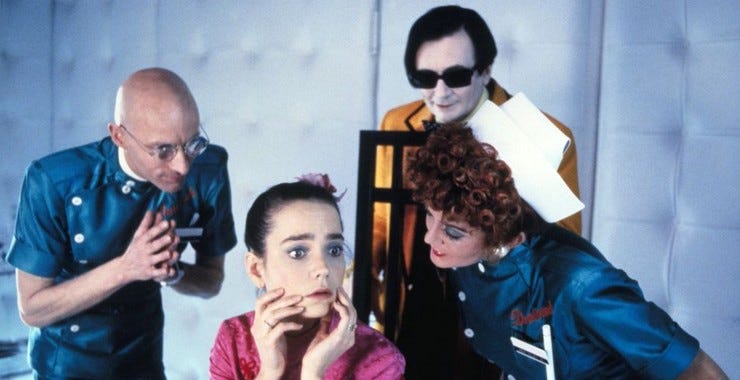

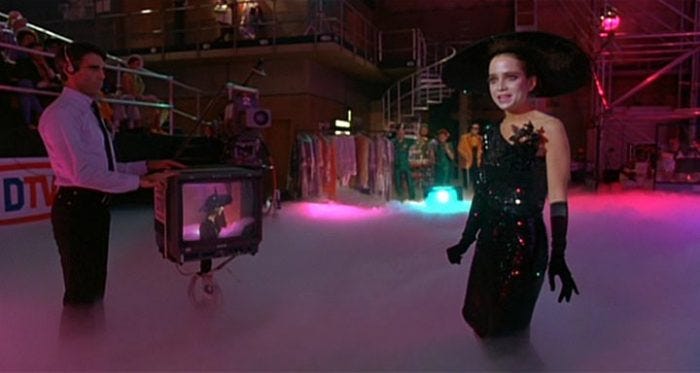

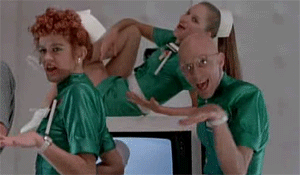
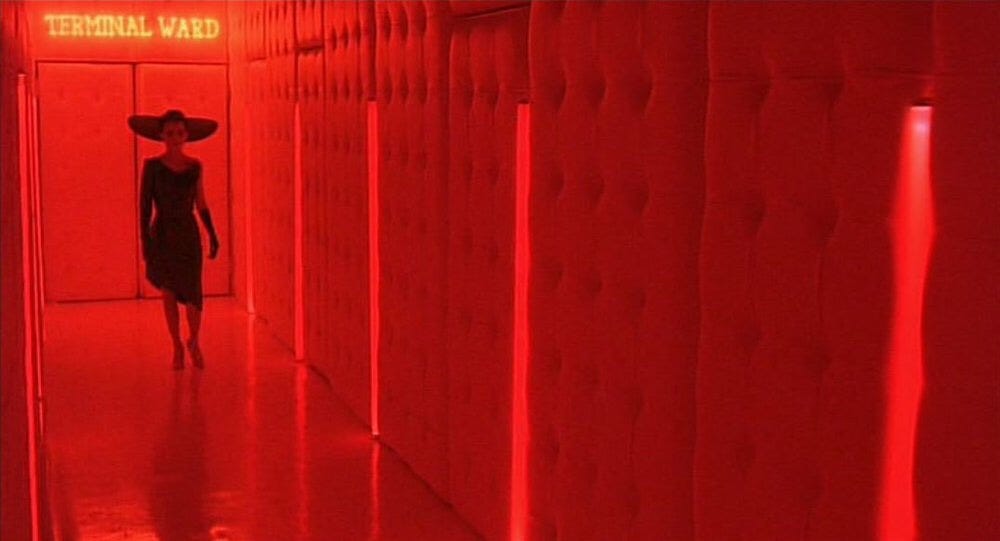
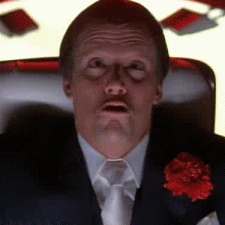
Farley. Flavors should be mind husband
Hi my name Kayla I am shock treatment 1981 huge fan farley flavors should be mind husband